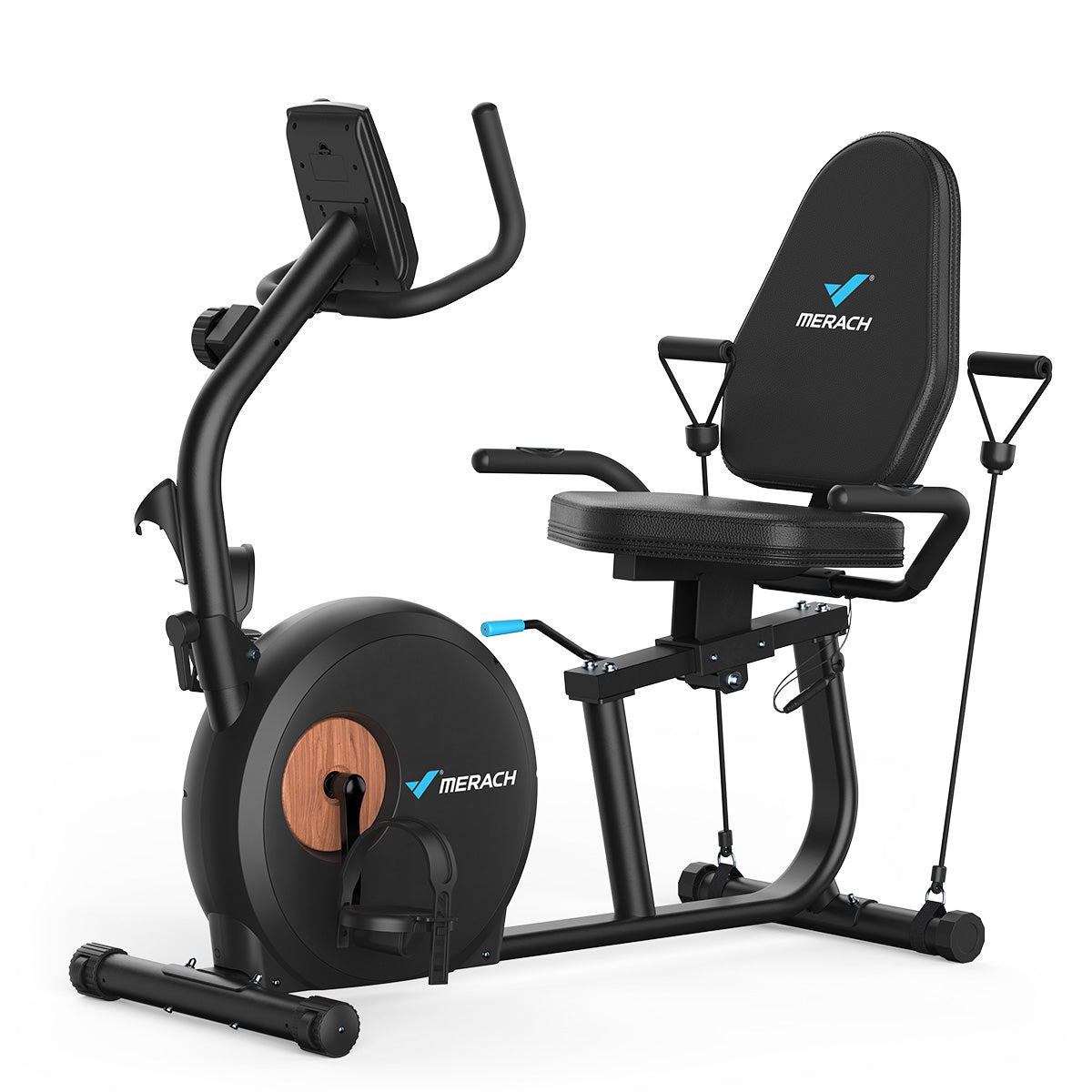CPR Certification
Cardiopulmonary resuscitation (CPR) is a life-saving technique that is essential for emergency situations where someone’s breathing or heartbeat has stopped. CPR certification is a credential that signifies a person’s ability to perform CPR effectively and confidently. This certification is crucial for many professions and is valuable for anyone to have, given the unpredictability of emergencies. This comprehensive guide will cover various aspects of CPR certification, including its importance, types, training processes, and practical applications.

Importance of CPR Certification
Saving Lives
CPR can be the difference between life and death in emergency situations. When someone suffers a cardiac arrest, immediate CPR can double or even triple their chances of survival. CPR helps maintain vital blood flow to the heart and brain until more advanced medical care can be provided.
Empowering Bystanders
Having CPR certification empowers bystanders to act confidently in emergencies. Instead of feeling helpless, certified individuals can take prompt action, providing critical care during the crucial minutes before professional help arrives.
Required for Certain Professions
Many professions require CPR certification. Healthcare providers, lifeguards, teachers, coaches, and even some corporate employees must be certified to ensure they can respond to emergencies in their respective environments.
Enhancing Personal Preparedness
Beyond professional requirements, CPR certification enhances personal preparedness. Accidents and medical emergencies can occur anywhere, and being certified means you are always ready to assist family, friends, or strangers in need.
Types of CPR Certification
Basic Life Support (BLS)
BLS is the most common type of CPR certification. It is typically required for healthcare providers and covers adult, child, and infant CPR. BLS training includes the use of automated external defibrillators (AEDs) and the relief of choking.
Advanced Cardiovascular Life Support (ACLS)
ACLS certification is for healthcare professionals who manage cardiovascular emergencies. It involves more advanced techniques and medical knowledge, including pharmacology, ECG interpretation, and managing cardiac arrest and other emergencies.
Pediatric Advanced Life Support (PALS)
PALS certification focuses on pediatric emergencies, including advanced airway management, pediatric resuscitation, and treatment of pediatric patients in emergency settings. It is crucial for healthcare providers who work with children.
Heartsaver CPR AED
Heartsaver CPR AED certification is designed for the general public and non-healthcare professionals. It covers CPR and AED use for adults, children, and infants and is ideal for teachers, coaches, and community members.
First Aid CPR AED
First Aid CPR AED certification includes basic first aid training in addition to CPR and AED skills. It is suitable for individuals who want a comprehensive emergency response skill set, including wound care, injury prevention, and managing sudden illnesses.
CPR Training Process
Finding a Training Provider
To obtain CPR certification, you must first find a reputable training provider. Organizations such as the American Heart Association (AHA), the American Red Cross, and local health departments offer certified training courses.
Course Formats
In-Person Classes
In-person classes provide hands-on training with mannequins and other equipment. An instructor guides participants through each step of CPR, offering immediate feedback and correction. These classes are ideal for individuals who prefer a structured learning environment.
Online Courses
Online CPR courses offer flexibility, allowing participants to learn at their own pace. These courses often include video demonstrations and interactive modules. However, practical skills assessment may still require an in-person component to ensure competency.
Blended Learning
Blended learning combines online coursework with in-person skills sessions. Participants complete theoretical components online and then attend a hands-on session to practice and be evaluated on their CPR skills. This format offers the best of both worlds in terms of flexibility and practical experience.
Course Content
Adult, Child, and Infant CPR
Courses cover CPR techniques for different age groups, highlighting the variations in procedures for adults, children, and infants. Participants learn how to perform chest compressions, deliver rescue breaths, and recognize the signs of cardiac arrest.
AED Training
Training on using an automated external defibrillator (AED) is a critical component of CPR courses. Participants learn how to operate an AED, understand its prompts, and apply it correctly during a cardiac emergency.
Choking Relief
Courses also teach how to relieve choking in adults, children, and infants. Participants practice techniques such as abdominal thrusts (Heimlich maneuver) and back blows to clear obstructed airways.
Team Dynamics
For advanced certifications like ACLS and PALS, team dynamics are emphasized. Participants learn how to communicate effectively, delegate tasks, and work cohesively in high-pressure situations.
Skills Assessment
Skills assessment is a crucial part of CPR certification. Participants must demonstrate their ability to perform CPR and use an AED correctly. Instructors provide feedback and ensure that each participant meets the required standards before awarding certification.
Certification and Renewal
Initial Certification
Upon successful completion of the course and skills assessment, participants receive their CPR certification, usually valid for two years. The certification card can be digital or physical, depending on the provider.
Renewal Courses
CPR certification must be renewed periodically to ensure skills remain current. Renewal courses are often shorter than initial training, focusing on updates and reinforcing critical skills. It’s essential to keep track of the certification expiration date and enroll in a renewal course before it lapses.
Practical Applications of CPR Certification
Healthcare Settings
In hospitals, clinics, and other healthcare settings, CPR-certified professionals are often the first responders in emergencies. Whether it’s a nurse, doctor, or medical assistant, having certified personnel ensures immediate and effective care.
Schools and Childcare Centers
Teachers, coaches, and childcare providers with CPR certification can respond quickly to emergencies involving children. This preparedness is vital in environments where children are at risk of choking, injuries, or sudden medical issues.
Workplaces
Many workplaces, especially those with high-risk environments like construction sites or manufacturing plants, require CPR-certified employees. Having certified personnel ensures a swift response to workplace accidents and medical emergencies.
Public Spaces and Events
Public spaces such as malls, sports arenas, and community centers benefit from having CPR-certified staff or volunteers. During large events, having individuals who can perform CPR can significantly improve emergency response and outcomes.
Home and Community
CPR certification is beneficial at home and in the community. Family members, friends, and neighbors can rely on CPR-certified individuals to provide immediate care in emergencies, enhancing the safety and well-being of those around them.
Steps to Obtain CPR Certification
Step 1: Choose the Right Course
Select the appropriate CPR certification course based on your needs. Consider whether you need basic or advanced training and if you require additional skills such as first aid or pediatric care.
Step 2: Enroll in a Reputable Program
Find a certified training provider like the AHA or American Red Cross. Check their course offerings, schedules, and costs to find a program that suits your availability and budget.
Step 3: Complete the Training
Participate in the training course, whether online, in-person, or blended. Engage actively in the learning process, ask questions, and practice the skills thoroughly.
Step 4: Pass the Skills Assessment
Demonstrate your CPR skills and AED usage during the practical assessment. Pay attention to the instructor’s feedback and ensure you meet all the necessary competencies.
Step 5: Receive Certification
Upon passing the assessment, receive your CPR certification card. Keep this card safe and accessible, as you may need to present it for employment or other purposes.
Step 6: Stay Updated and Renew
Keep track of your certification’s expiration date and enroll in a renewal course before it expires. Stay updated on any changes in CPR guidelines and continue practicing your skills to remain proficient.
Challenges and Solutions in CPR Certification
Accessibility and Cost
Challenge
For some, access to CPR certification courses may be limited due to location or cost. In rural areas, finding a nearby training provider can be challenging, and the cost of certification may be a barrier for low-income individuals.
Solution
To address accessibility, online courses and blended learning options can provide flexible and affordable alternatives. Scholarships or subsidized programs offered by organizations like the AHA and Red Cross can help reduce costs for those in need.
Retention of Skills
Challenge
Retaining CPR skills over time can be difficult, especially if they are not used regularly. This can lead to decreased confidence and effectiveness in an actual emergency.
Solution
Regular practice and refresher courses can help maintain skills. Utilizing CPR manikins and participating in community practice sessions can reinforce knowledge and ensure readiness.
Keeping Up with Guidelines
Challenge
CPR guidelines are periodically updated based on new research and best practices. Keeping up with these changes can be challenging for certified individuals.
Solution
Subscribing to updates from organizations like the AHA, attending renewal courses, and participating in professional development opportunities can help individuals stay informed about the latest CPR guidelines.
Impact of CPR Certification on Communities
Increased Survival Rates
Communities with a high number of CPR-certified individuals see increased survival rates from cardiac arrests and other emergencies. Immediate CPR can significantly improve outcomes until professional medical help arrives.
Enhanced Community Resilience
Having CPR-certified members enhances community resilience. In times of natural disasters or large-scale emergencies, communities with trained responders can better manage and mitigate the impacts.
Promoting Health and Safety Awareness
CPR certification promotes a culture of health and safety awareness. It encourages individuals to learn and share life-saving skills, fostering a sense of responsibility and preparedness within the community.
Supporting Public Health Initiatives
CPR-certified individuals often support public health initiatives, such as health fairs, safety workshops, and emergency preparedness drills. Their expertise contributes to the overall health and safety of the community.
Future of CPR Certification
Technological Advancements
Advancements in technology are shaping the future of CPR training and certification. Virtual reality (VR) and augmented reality (AR) are being integrated into CPR training programs, providing immersive and realistic practice environments.
Increased Accessibility
Efforts to make CPR certification more accessible continue to grow. Mobile training units, online platforms, and community partnerships aim to reach underserved populations and ensure widespread access to CPR education.
Continuous Improvement in Guidelines
Ongoing research and data analysis contribute to the continuous improvement of CPR guidelines. Organizations like the AHA are committed to updating protocols based on the latest scientific evidence, ensuring the most effective and efficient life-saving techniques.
Integration with Comprehensive Health Training
The trend towards integrating CPR certification with broader health and emergency response training is on the rise. Programs that combine CPR, first aid, and disaster response training provide individuals with a more comprehensive skill set to handle various emergencies.
Conclusion
CPR certification is a vital skill that equips individuals to respond effectively in life-threatening situations. Whether for professional requirements or personal preparedness, obtaining CPR certification provides the knowledge and confidence to save lives. As CPR guidelines evolve and training methods advance, staying updated and maintaining proficiency remains crucial. By investing in CPR certification, individuals not only enhance their own capabilities but also contribute to the safety and resilience of their communities.





